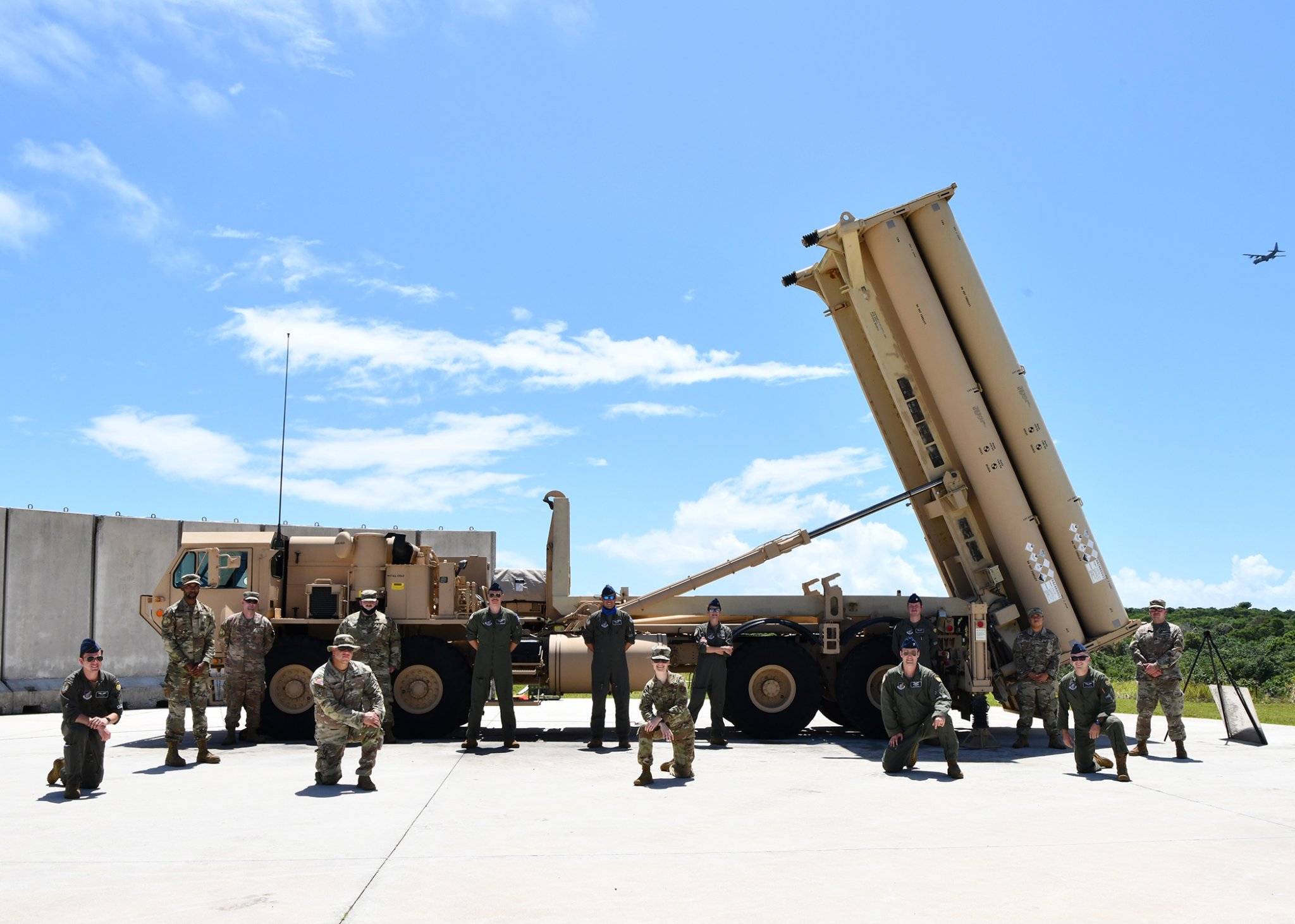

The United States military is currently working on updating its missile-warning systems in the Pacific region. A new system is set to be deployed to Guam in 2025, according to defense contractor Northrup Grumman. The overhaul is meant to aid the U.S. military in its focus on security matters in the Pacific, including a potential threat from China.
An initial design review for Relay Ground Station-Asia (RGS-A) was met favorably by U.S. Naval Information Warfare Center (NIWC) Pacific, the company said in a press release on Thursday, June 1. The RGS-A will set up a series of antennae that will be able to better catch signs of missile launches. Space Force, which controls many of the defense satellites used by the military, is in charge of the Future Operationally Resilient Ground Evolution, or FORGE, system overhaul. The series of relay stations on the ground are part of that effort.
NIWC Pacific awarded Northrup Grumman the $99.6 million contract last year.
Subscribe to Task & Purpose Today. Get the latest military news and culture in your inbox daily.
The missile early warning system is one of several efforts ongoing to build up defense capabilities on Guam. The Missile Defense Agency is also working on a network of missile interceptors meant to provide maximum coverage and integrate sensors used by different service branches. New additions will include a land version of the Aegis Combat System, the Glide-Phase Interceptor and other weapons, such as Patriot missiles. The first part of that new interceptor system is set to be installed by the end of 2024.
Guam has been a focal point for the United States’ reorientation to the Pacific. In January of this year, the military opened Marine Corps Base Camp Blaz on the island; the facility joins Andersen Air Force Base and Naval Base Guam.
Guam was hit by a Category 4 typhoon last month, and the military has been assisting in the recovery efforts for the island.
The United States and China have both repeated they are not looking for conflict, but each side has taken steps to boost defense spending and assets in the Pacific. A particular point of contention is Taiwan, which China claims as part of its territory. Earlier today, a Chinese warship sped toward a U.S. Navy destroyer, forcing the latter vessel to move to avoid collision.
The shift in defense assets has also been prompted by renewed missile testing from North Korea. That has included the new installations on Guam, shifting newer fighter jets to Japan to replace F-15s and regular exercises with partner nations.
The latest on Task & Purpose
- Navy destroyer USS John Finn’s commanding officer fired
- Navy destroyer USS John Finn’s executive officer fired along with ship’s captain
- The long journey home for a Marine veteran killed in Ukraine
- A Norwegian airline is banking on USS Gerald R Ford sailors having lots of unprotected sex
- Stolen valor and ‘homeless veterans’: Inside a failed hoax
